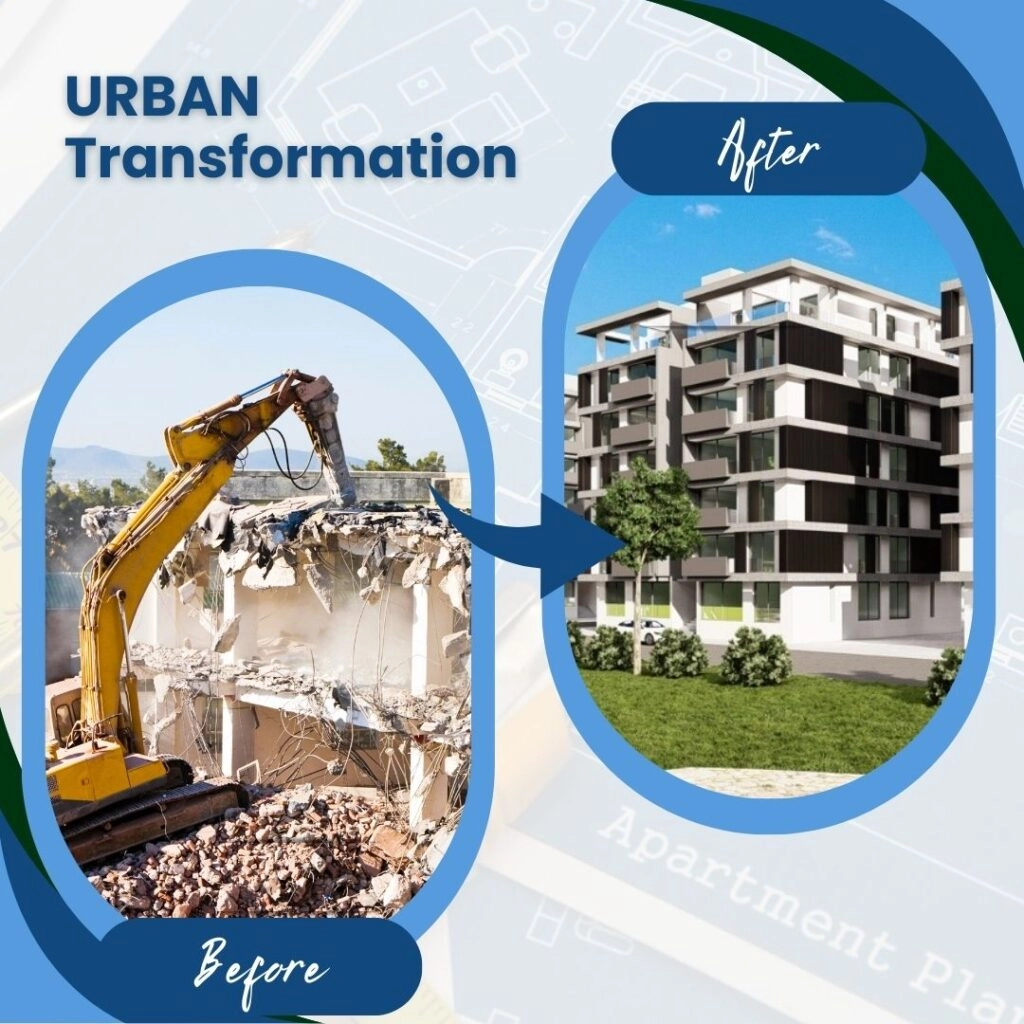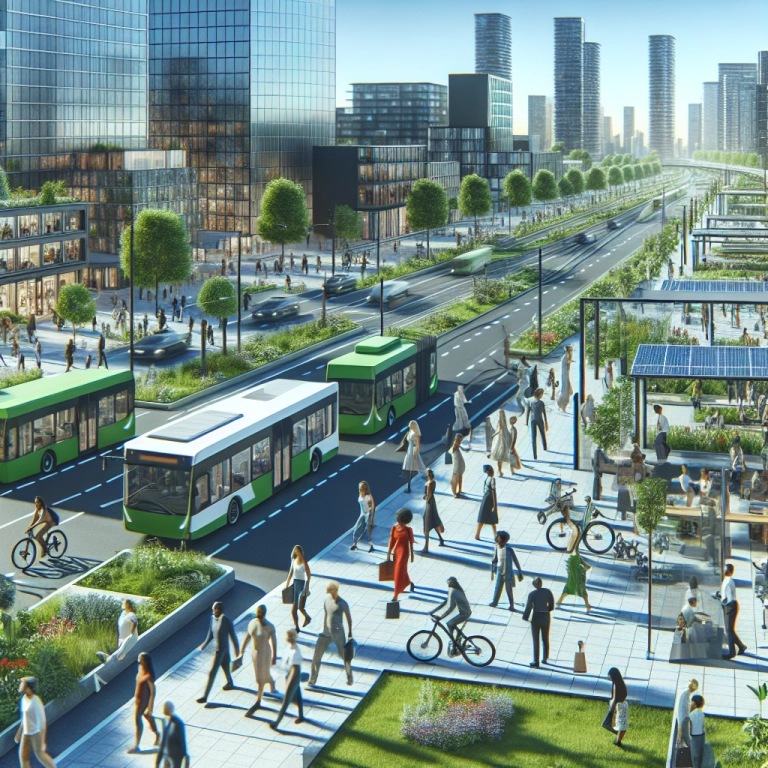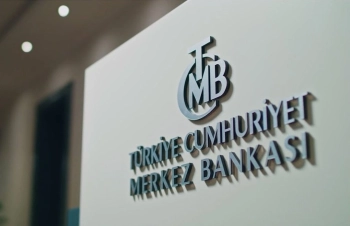What if the buildings we live in could silently endanger our lives? Why do some urban renewal projects fail despite good intentions? How can homeowners ensure their properties are truly safe during reconstruction? Urban transformation is more than just demolishing old structures—it's about rebuilding with precision, safety, and foresight. This article uncovers the often-ignored yet vital aspects of urban renewal projects that could mean the difference between safety and disaster.
1. The Hidden Risks in Structural Assessments
Many assume that visible cracks or aging facades are the only indicators of a building's deterioration. However, structural weaknesses often lurk beneath the surface. Engineers must conduct comprehensive assessments using ground-penetrating radar and core sampling to detect hidden corrosion in reinforcement bars or compromised load-bearing elements.
In Istanbul's 2019 Küçükçekmece district collapse, post-disaster investigations revealed that superficial renovations had masked severe structural damage. This tragedy underscores why multi-layered diagnostic approaches are non-negotiable in urban transformation projects.
2. The Financial Trap: Uncalculated Additional Costs
Homeowners frequently focus solely on the promised new square footage without accounting for hidden expenses. Temporary relocation costs, storage fees for belongings, and potential increases in property taxes post-renovation can create financial strain. Some projects require residents to cover 20-30% of construction costs after government subsidies—a detail often overlooked in initial agreements.
A 2022 Ankara case saw 40 families forced to sell their transformed apartments because they couldn't afford the final contractor payments. Always demand a detailed cost breakdown with at least 15% contingency funds.
3. Legal Loopholes That Jeopardize Rights
Standard contracts often contain clauses that allow developers to alter project timelines or specifications without penalty. Some agreements quietly transfer air rights to contractors, enabling them to construct additional floors that weren't part of the original plan. Residents might unknowingly sign away rights to sunlight access or green spaces.
The landmark 2020 Izmir court case established precedent when homeowners successfully sued a developer for adding three unauthorized floors that blocked their sea view—but only because they had preserved their original contract drafts.

4. The Forgotten Element: Social Infrastructure
While new buildings rise, essential community services frequently get neglected. Urban transformation must include schools, clinics, and transportation links scaled to the increased population density. Istanbul's Sarıyer district now suffers chronic traffic congestion because its 300% population boom wasn't matched with road expansions.
Japan's Tokyo Bay development sets a global benchmark by mandating that every residential tower project includes proportional investments in surrounding infrastructure—a model Turkey could adapt.
5. Environmental Oversights With Lasting Consequences
Demolition dust containing asbestos and lead poses serious health hazards, yet proper containment measures are often skipped to cut costs. Rainwater absorption capacity decreases when permeable surfaces are replaced with concrete, increasing flood risks. The 2021 floods in Bodrum were exacerbated by precisely this oversight across multiple urban renewal sites.
Forward-thinking projects like Rotterdam's 'water squares' demonstrate how urban renewal can incorporate flood-prevention features while creating public spaces.
6. Post-Construction Neglect: The Maintenance Mirage
New buildings often come with promised maintenance funds that prove inadequate within five years. Elevators, insulation systems, and seismic reinforcements require specialized upkeep that many homeowner associations aren't prepared to manage. The glittering façade of Istanbul's Ataköy towers now shows premature aging due to improper cleaning methods damaging weatherproof coatings.
Singapore's mandatory sinking fund system—where developers must deposit 10% of construction costs into a protected maintenance account—offers a proven solution.






